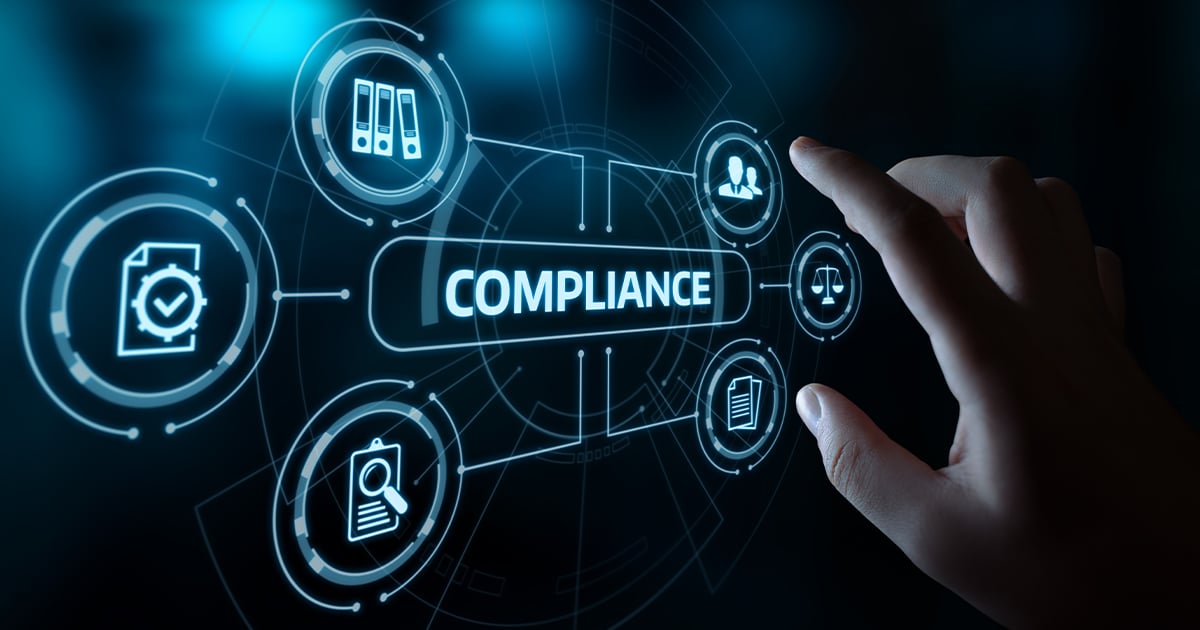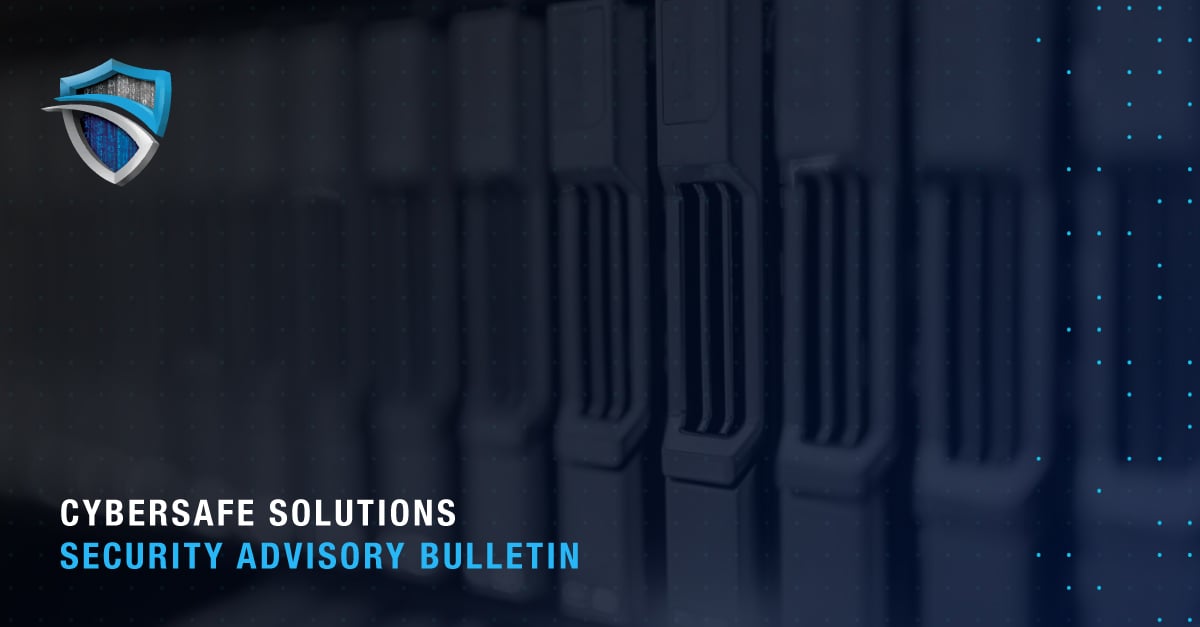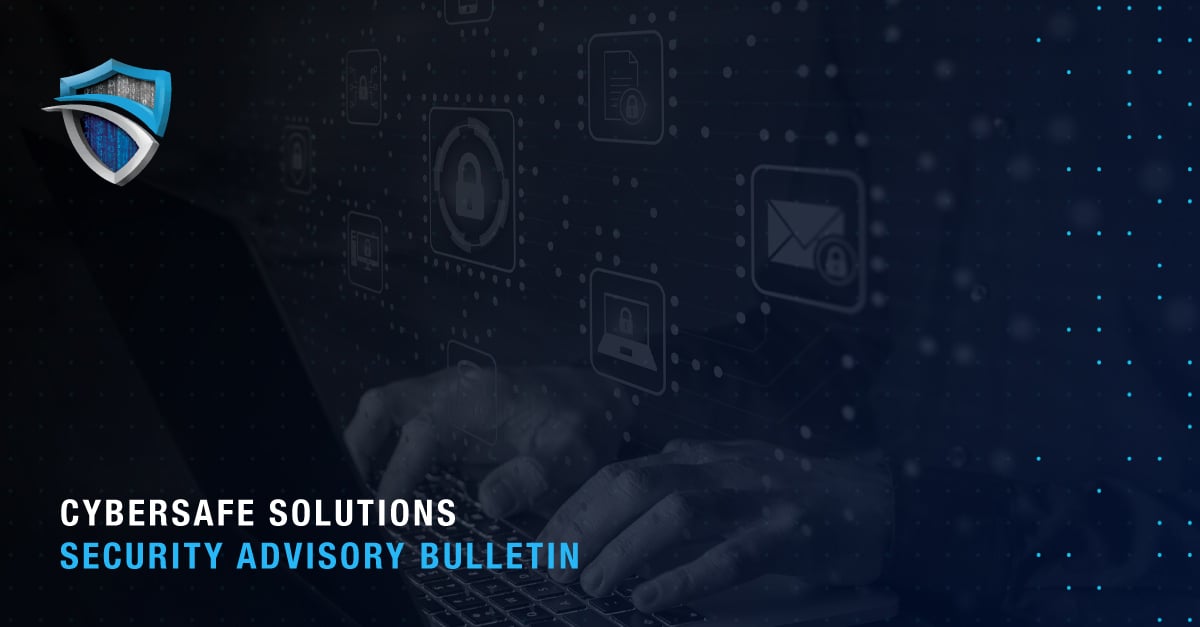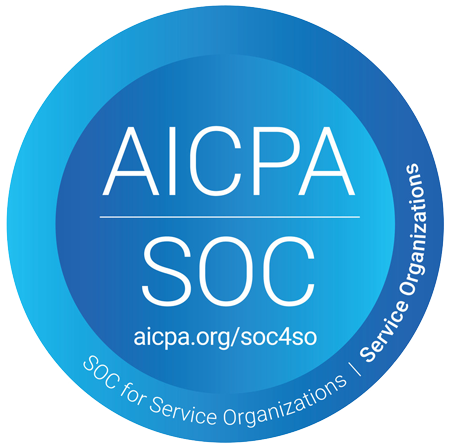Cybersecurity compliance is about more than just passing audits and checking boxes. It provides an assessment of how well your organization is maintaining its stated security posture. Measures taken often map to legal and regulatory standards and, together with overall adherence to your security program, help minimize the risk of threats from materializing.
Industries, organizations, and governmental entities hold, transmit, and handle information that, if disclosed, can lead to considerable harm. As such, standards governing the protection of digital information have been formalized as laws, regulations, guidelines, and specifications.
Recognizing and aligning with these standards is essential, as it not only fulfills legal requirements (in many cases) but also plays a pivotal role in defending against cyber threats and helping ensure the safety and confidentiality of vital information.
A Closer Look at Cybersecurity Compliance
Compliance programs establish frameworks for appropriate cybersecurity measures. While precise guidelines vary, all compliance requirements are designed to protect the data within information systems through adherence to specific standards.
Cybersecurity controls may be enacted by the government, an industry, or another entity; however, regulatory compliance requires that organizations meet these standards. In some instances, significant fines can be levied should an organization fail to do so. Other forms of adherence, while voluntary, can be just as important, and are implemented to help affirm a company’s cybersecurity posture.
Broadly speaking, cybersecurity compliance involves undertaking measures across some combination of the following disciplines:
- Risk assessment and management to identify risks and system vulnerabilities and develop strategies to address them.
- Security controls that include firewalls, encryption, and antivirus software; the establishment of policies and procedures for data access and usage; and physical premises security.
- Data protection and privacy to help ensure data confidentiality and security.
- Employee awareness training to educate the workforce about cybersecurity risks and best practices.
- Incident response and recovery planning with steps to minimize downtime and help achieve containment.
- Vendor and third-party management to ensure supply chain and other business partners adhere to appropriate cybersecurity standards.
- Regular monitoring and auditing to identify anomalies and breaches and help ensure compliance.
Why Cybersecurity Compliance Is Important
As mentioned, compliance is not merely a legal requirement to avoid penalties and punishments. It plays a pivotal role in ensuring your organization is一at a minimum一following the standards set forth to maintain data integrity and confidentiality and prevent other cyber crimes that can result in financial losses, reputational damage, and erosion of customer trust.
Additionally, cybersecurity compliance is crucial for ensuring business continuity. Organizations in compliance are better equipped to handle and recover from cyber incidents, helping ensure uninterrupted business operations.
Strong cybersecurity practices can also be a significant differentiator in a competitive business environment, enhancing lead and customer engagement.
Major Cybersecurity Compliance Standards & Regulations
Major national and international cybersecurity compliance frameworks and standards address various topics, such as system resilience, data protection, and data privacy.
Indeed, as the proliferation of personal data accelerates across the digital ecosystem, data privacy, in particular, has emerged as a central theme in the regulatory landscape.
Global research and advisory firm Gartner predicts that 75 percent of the world’s population will have its data covered under modern privacy regulations by the end of 2024.
Notable additions to privacy laws, such as the Health Insurance Portability and Accountability Act (HIPAA) and the European Union’s General Data Protection Regulation (GDPR), include state-level legislation from California, Colorado, Connecticut, Virginia, and Utah and national regulation from the United Kingdom, and Brazil, among others.
For CISOs and other cybersecurity professionals, this will mean redoubling efforts to beef up data privacy policies and practices to stay ahead of evolving legislation and compliance standards.
Other widely used compliance frameworks and standards often include elements of data privacy but tend to focus more on data protection and systems. They include:
- CMMC. Launched in 2020 and updated in 2021 (CMMC 2.0), the Cybersecurity Maturity Model Certification uses a three-level model to map the maturity of a company’s cybersecurity posture and ensure controlled unclassified information (CUI) is properly protected. Beginning in 2025, certification will be required for any business working with the U.S. Department of Defense (DoD).
- PCI DSS. All merchants and service providers processing, transmitting, or storing cardholder data must adhere to the Payment Card Industry Data Security Standard (PCI DSS). It includes operational and technical cybersecurity guidelines and access restriction requirements.
- 23 NYCRR 500. The New York Department of Financial Services issued the 23 NYCRR 500 (recently updated in November 2023) to regulate how financial institutions handle sensitive information, including setting standards to prevent data breaches, such as establishing access controls, conducting regular penetration testing and risk assessments, and developing incident response plans. Covered entities must comply with these requirements.
- SEC Regulation SCI and other “Cyber Rules.” The U.S. Security and Exchange Commission’s Regulation Systems Compliance and Integrity (Regulation SCI) mandates market entities such as stock exchanges, clearing agencies, and others establish and maintain policies and processes to ensure the resiliency, availability, and security of their trading and other technology systems. Other cybersecurity rules for public companies focus on disclosure and governance related to material cyber risks and incidents.
- NIST Cybersecurity Framework. The National Institute of Standards and Technology (NIST) Cybersecurity Framework (CSF) provides voluntary guidance to help any organization, regardless of its sector, reduce cybercrime exposure and enhance communication about cybersecurity risk management. An updated version (CSF 2.0), designed to appeal to a broader range of organizations, is scheduled for release in 2024. The update heightens the relevance of corporate governance and supply chain partners in an organization’s cybersecurity footing.
- ISO 27001. International Organization for Standardization (ISO) 27001 is an international standard that sets guidelines for establishing, implementing, operating, monitoring, reviewing, maintaining, and improving information security management systems (ISMS), cybersecurity, and privacy protection. Optional certification requires an audit by an accredited certification body.
- SOC 2. System and Organization Controls (SOC) 2 is an auditing program developed by the American Institute of CPAs (AICPA) to assess the security, availability, processing integrity, confidentiality, and privacy of a business when processing user data. SOC 2 certification requires evaluation by a CPA. While voluntary, certification indicates compliance with high standards, which may be a selling point for clients.
Prioritize Cybersecurity. Compliance Will Follow.
For any organization, a comprehensive business strategy includes a robust cybersecurity program. It strengthens an organization's defenses against the challenges in today's cyber environment, enabling it to safeguard its data assets, build trust with customers, and confidently navigate the digital world. Cybersecurity initiatives can also fulfill legal obligations and help meet compliance standards.
That said, many organizations design their cybersecurity program to meet compliance requirements, but that’s not the best approach. For the highest level of protection, detection, and response, businesses should focus on establishing robust defenses—compliance will follow accordingly.
Cybersafe Solutions offers a suite of options to help you achieve and maintain compliance. SOL XDR, our most robust continuous monitoring solution, grants a window into your network, cloud, and endpoints for rapid detection of and response to threats.
Additionally, we provide multi-vector Breach and Attack Simulation for security validation, Threat Hunt to check for evidence of existing compromises, and other services and solutions to improve your security posture and help you meet compliance standards.
To learn more about partnering with us, contact our team today.




